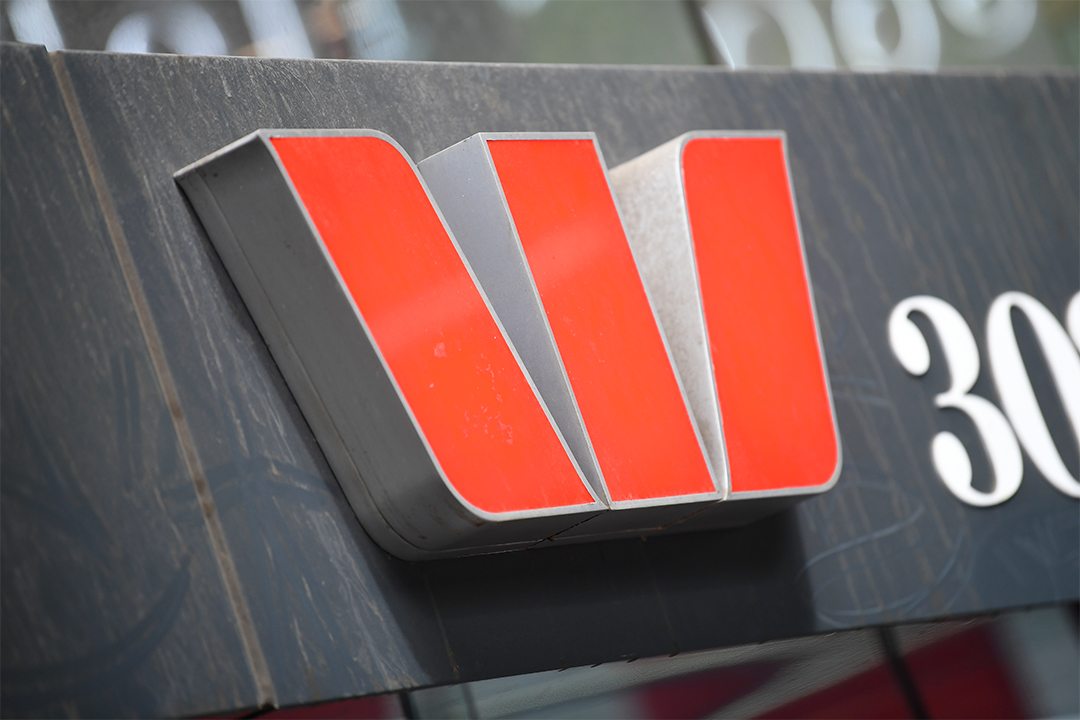

That’s probably a bit of an exaggeration because cash earnings of $5.4bn were up 105% on the year before. But they were about $200 million shy of market forecasts, and showed that the “fix” part of CEO Peter King’s “fix, simplify and perform” agenda is still the main game for the Bank – performance is a long way off. That’s why Westpac shares are down 9.8% since Monday.
Half-on-half profit fell from an underlying $3,819 million in the first half to $3,134 million in the second half – a deterioration of 18%. Leaving aside a small movement in impairment charges, the move was due to the worst combination – lower revenue and higher expenses. Income tumbled by $318 million as Westpac’s net interest margin was squeezed due to competition and customers taking fixed rate mortgages, while the forex dealers in treasury and markets put in an underwhelming performance.
Expenses ballooned by $464 million. While a chunk of this was down to Westpac investing in its “fix and simplify” program and extra headcount in its risk and financial crimes unit, staff in “BAU” (business as usual activities) rose by 522 over the half. Total staff numbers increased from 38,747 at March to 40,143 by the end of September.
Six months ago, Peter King outlined a radical ambition to slash expenses from $13.3bn in FY21 to just $8.0bn by FY24. While some of this was to come from divestment of non-core businesses, organisational simplification, business simplification and the completion of major “fix” items were to provide the bulk. King maintains that there is a “clear path” to the $8bn cost target, but on the evidence presented on Monday, this is still looking ambitious.
Worryingly, Westpac reported that its net interest margin remains under pressure. Its “exit” margin, the margin it achieved in the month of September 2021, was 1.80% or 0.07% (7 basis points) lower than the average of the 1.87% it earned during the second half.
Not surprisingly, the broker analysts slashed their target prices. Macquarie, Citi, Credit Suisse, Morgan Stanley and JP Morgan cut their targets, with Morgan Stanley downgrading to “Equal-weight” from “Overweight” and Credit Suisse to “Neutral” from “Outperform”. Overall, the consensus target price is now $26.16, down from $28.33 immediately prior to the result.
But is it all bad news for Westpac?
Firstly, the broker analysts see more share price upside (13.0%) for Westpac than the other three majors, including leader CBA. This is based on the view that Westpac will reign in its costs, and as the “cheapest” bank in terms of earnings multiple amongst the oligopoly, mean reversion will cause it to close the gap.
Secondly, shareholders will welcome the announcement of a $3.5bn off-market share buyback. To be conducted at a discount of 8% to 14% of the market price, the buyback will see the cancellation of approximately 4.2% of Westpac’s ordinary shares when completed in December. Westpac’s capital base will fall to 11.7%, still very comfortably above APRA’s “unquestionably strong” target of 10.5%.
Off-market share buybacks are fabulous for 0% and low rate taxpayers, such as a SMSF in pension mode, and a waste of time for higher tax rate shareholders. However, all shareholders benefit because the shares are bought back at a discount to the market price. Interestingly, this might be the first buyback for some time that goes at a lower discount than the usual 14% (perhaps even as low as 10%), as the capital component is relatively high and the fully franked dividend is relatively low.
Shareholders will welcome the announcement of a 60c final dividend, 2c higher than expected. Perhaps that’s a sign of confidence from the Westpac Management team – it puts Westpac on a historic yield of 5.1% fully franked (based on yesterday’s closing price of $23.15), and a forecast yield of 5.3% for FY22. Westpac has said that it expects FY22 expenses to be lower than FY21, and with a lower share count, should have the capacity to pay a marginally higher dividend.
Volume growth was also a positive. While it may have traded off price for volume, Westpac did increase its home lending book by $12bn in the half-year. This compares to a net increase of $2.6bn in the first half and a loss of $4.7bn in the second half of FY20. There was also net growth in business loans of $0.3bn – a turnaround from previous periods.
There are “rays of sunshine” for Westpac which hopefully Peter King and his team can translate into hard dollars. My sense is that Westpac is now cheap, and in a strategy that goes with holding the “best” (CBA) and the “worst”, there is value with Westpac as the “worst”.